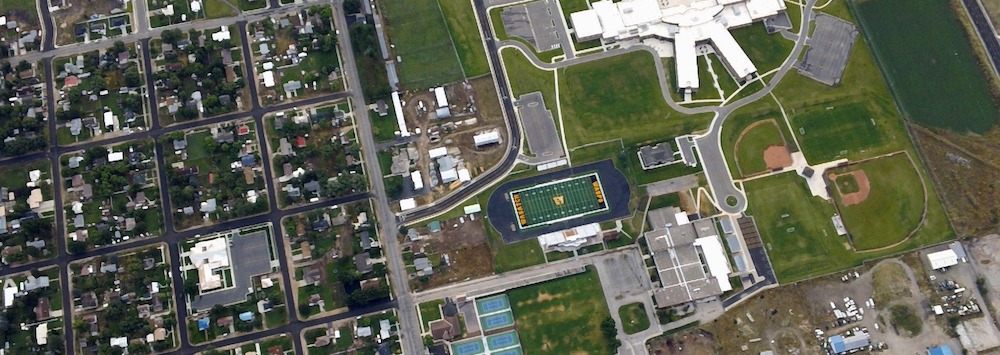Explaining urban, regional and population dynamics
We are interested in explaining the dynamics of cities, those systems into which they can be ordered, and how these are influenced by inter and intra regional geography. We are particularly interested in various forms of flow within this context.
Retail Catchment Areas
A National-Scale Huff Retail Gravity Model for England. This study is concerned with the problem of estimating the extent and volume of potential customer patronage flows between retail centres, that is, forming an estimate of the catchment area of a retail centre.
Urban Buzz in Amsterdam
Cities have become playing grounds for competitive behaviour and rapid economic dynamics. But in many cities (or urban agglomerations) economic growth is mainly manifested in specific geographic areas, where creative people and innovative entrepreneurs are located.
Understanding global human migration flows
International and internal migration have become the leading drivers of population change. They underpin the effective functioning of the labour and housing markets, and are key ingredients to economic resilience. They redistribute knowledge, skills and labour to places where needed to enhance economic productivity. Human mobility also influences the use and structure of urban spaces and shapes the demand of service provision.
Functional labour market areas
Administrative areas are arbitrary and usually inappropriate as geographical framework to measure and monitor spatial patterns of socio-economic and labour market activity.
Gridded populations for Great Britain
Data from the five British censuses spanning 1971 to 2011 have been rebased onto a temporally consistent 1km gridded geography, enabling analysis of change over time. As part of the PopChange project both the data, and the software required to grid spatial data in this way data, have been made publicly available.
The urban-rural health divide
Differences in health outcomes between urban and rural areas have long been observed. In England and Wales the pattern is one of better health and mortality outcomes in rural than in urban areas. This study explores these patterns in more depth, recognising an urban to rural health ‘gradient’ disrupted by a ‘capital city effect’.
Adjusting the census for under- and over-count
Despite an intended 100% population coverage, every census misses some people (undercount) and accidentally captures some people twice (over count). In the UK census data are adjusted, prior to publication, to take account of the best statistical estimate of this under/over count. Current solutions suffer from a number of limitations, which we are seeking to address by treating census adjustment as a survey calibration problem.
Future Learning Out Of Disaster Demographics (FLOODDS)
The aims of this project are to better understand how populations respond, mitigate, and adapt to natural disasters of the past in order to better respond to future disasters.
